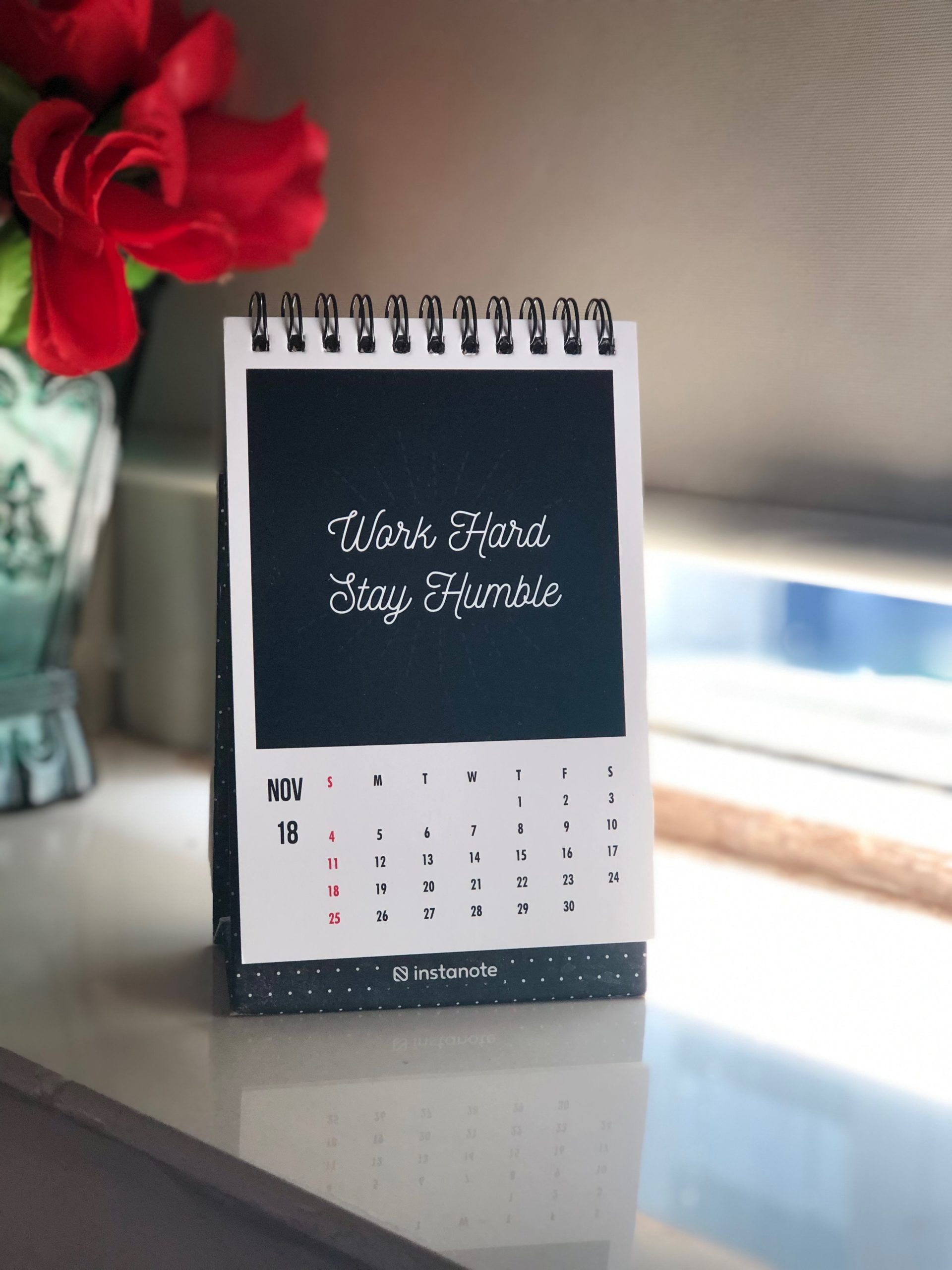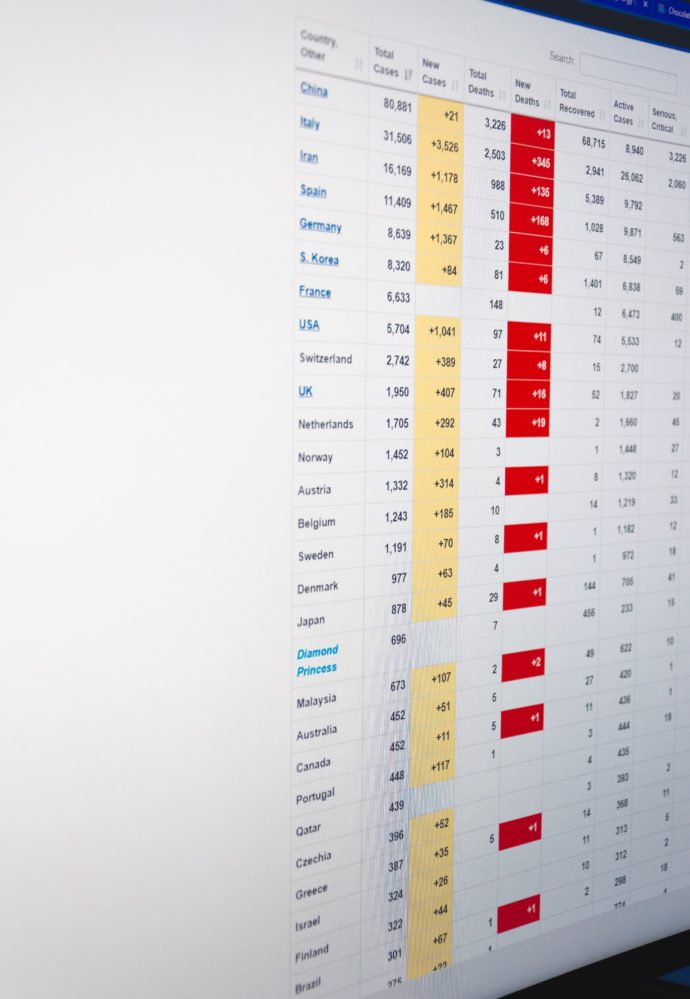Thursday Miscellany

The Wall Street Journal reports that the entire Senate Republican caucus, with the exception of Sen. Rand Paul, voted for the scaled down $500 billion (is that an oxymoron?) COVID-19 relief bill, but the bill failed to receive the 60 votes necessary for cloture because the Democratic caucus lined up in opposition. So we have another political issue for the election.
Thankfully, the Congress and the White House have agreed on a continuing resolution to fund the federal government into the new federal fiscal year. The House will be holding votes next week so the FEHBlog expects that the House will pass the continuing resolution and then peace out for the campaign trail. The Senate will hang around as long as it can to approve more nominations. Following the election Congress will hold a lame duck session at which point another COVID-19 relief bill is likely to be enacted.
In healthcare news —
- The National Academies of Sciences has a detailed web page about social determinants of health that is worth a look.
- Humana has launched value based hearth surgery and shoulder replacement programs. “””The value-based care models are part of a portfolio of payment bundles created by Humana including a Maternity Episode-of-care Model and an Oncology Model of Care. Humana also offers a Hospital Incentive Program for acute care inpatient admissions. About 2.4 million MA members and 115,000 commercial members are enrolled in value-based models, Humana has said.”
- Fierce Biotech reports that quick, inexpensive saliva based COVID-19 tests are being piloted at Heathrow Airport in London, England. Send the tests over here.
- The Wall Street Journal informs us that “health experts say it’s increasingly likely that several [COVID-19] vaccines could pass muster in clinical trials and become available in phases over a period of weeks and months.”
The Centers for Disease Control and Prevention sent documents last week to state officials that lay out various scenarios, including availability of a limited number of doses of two vaccines by the end of October with more doses by the end of the year. The CDC document doesn’t name the two vaccines that could become available but describes characteristics that match those of the vaccines from Pfizer and Moderna.
Experts say multiple vaccines will be needed because no single company can make enough for the whole world. Several companies have signed contracts with the federal government to supply at least 100 million doses of each vaccine in the U.S., and are planning to produce larger global supplies.
Progress.









